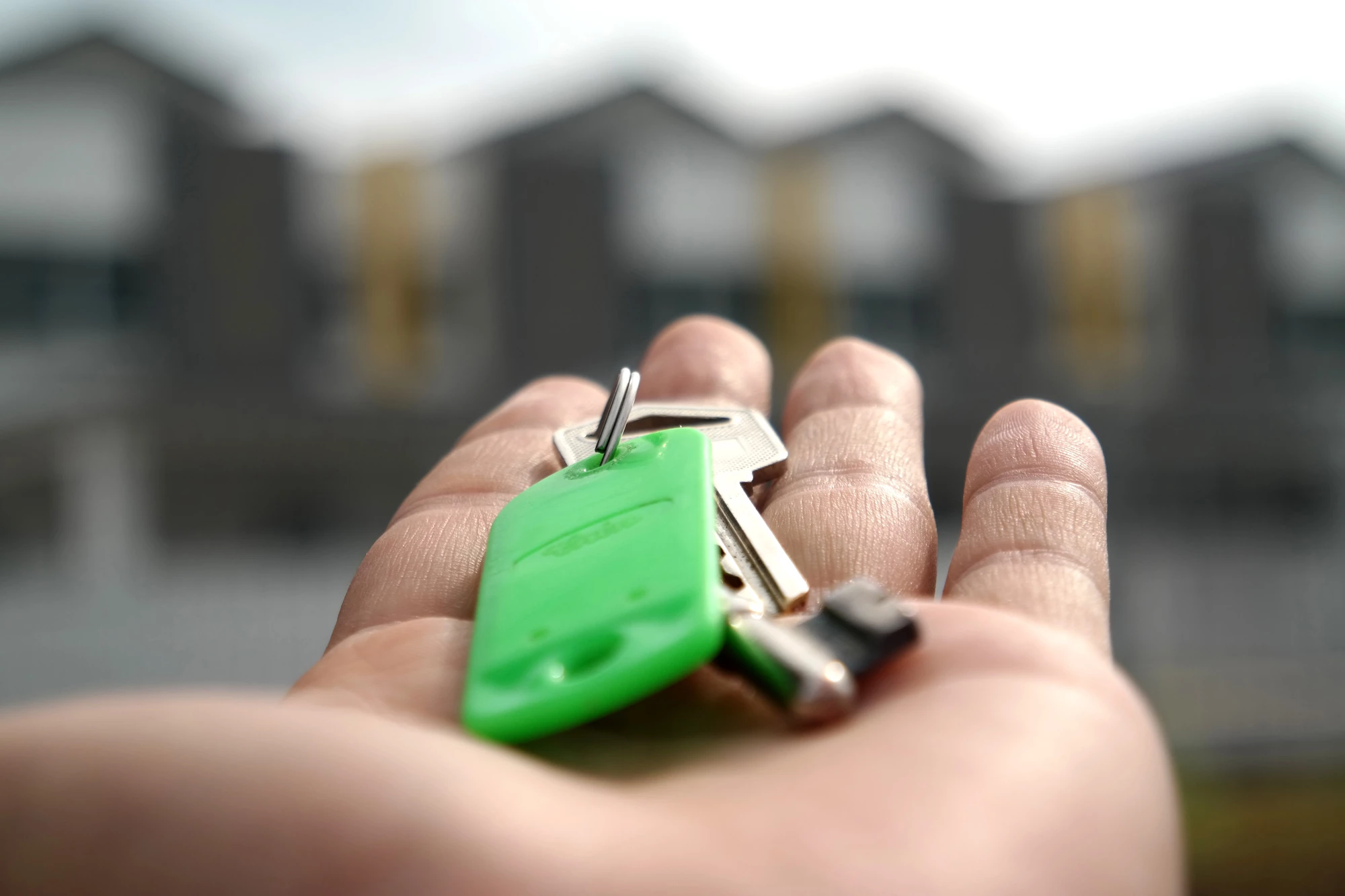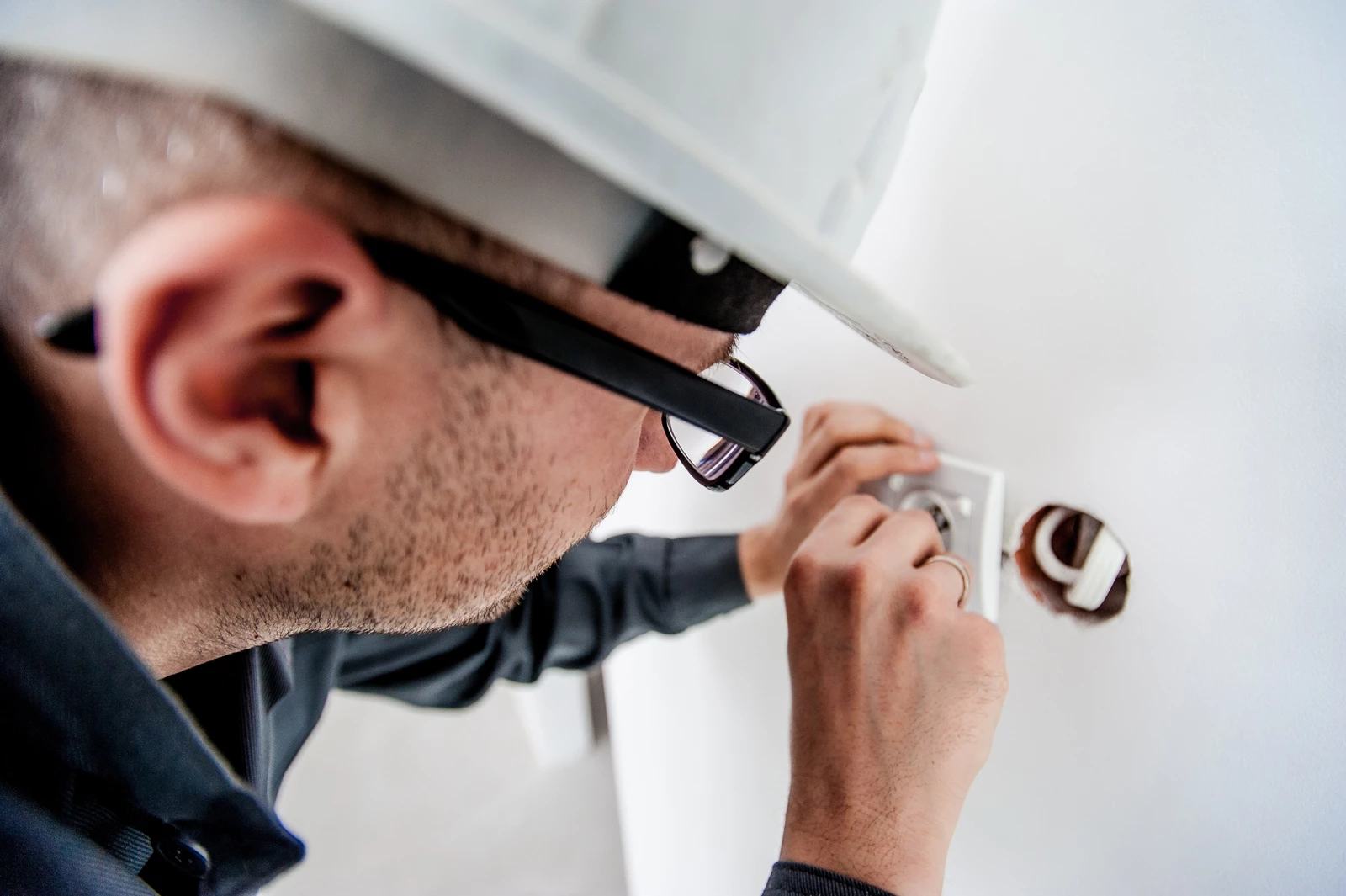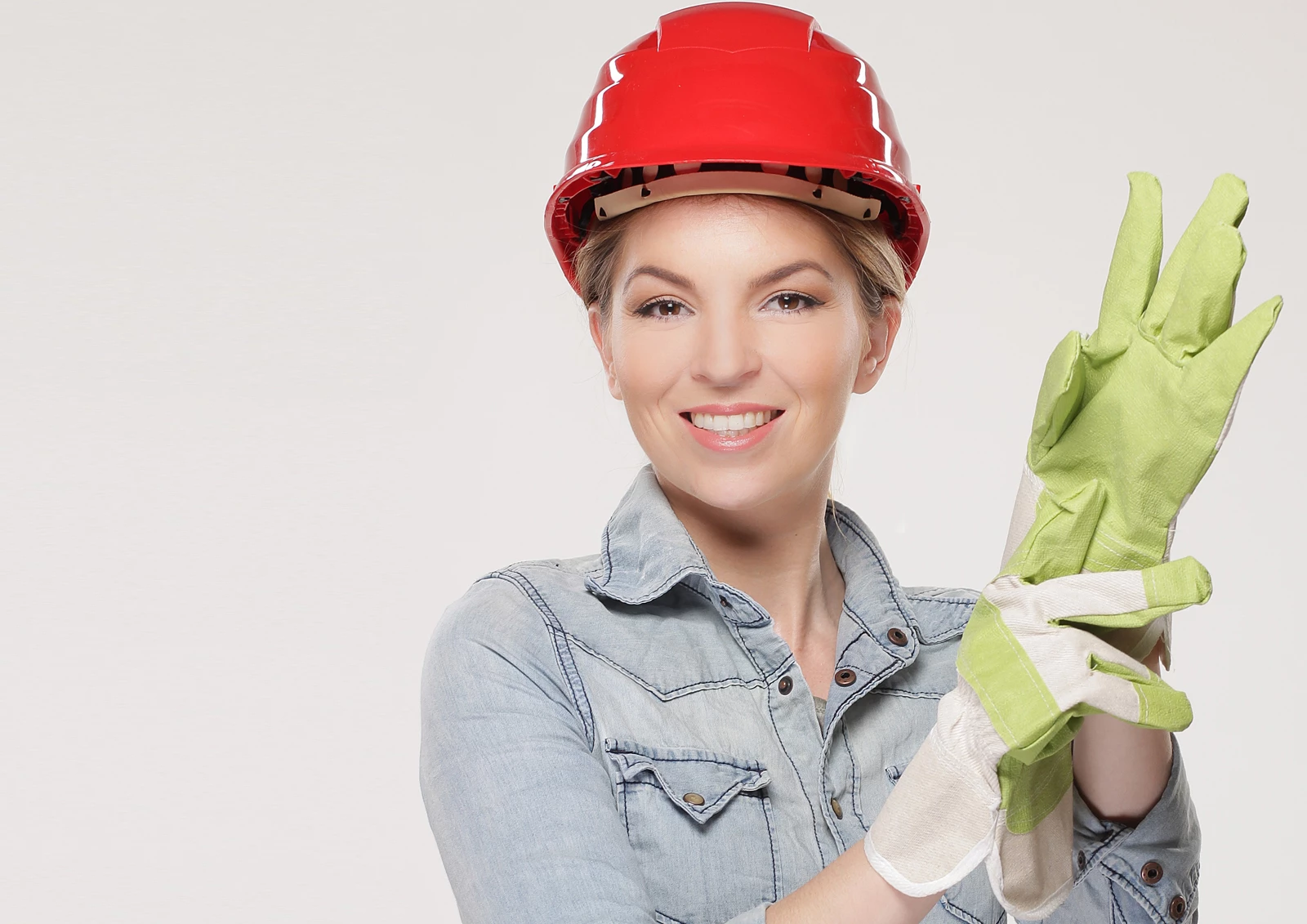05/11/2020 | Category: Home Insurance

Second homes are a smart way to have your cake and eat it – enjoying your own private bolthole while also gaining in value over time. Improving your property can also be a win-win, making it a nicer place to be while also boosting market value or rental potential.
Make sure you protect your property with unoccupied home insurance while you’re away. And remember that you may need additional insurance if you’re letting it out.
But right now, let’s take a look at 10 ways to add value to your second home.
-
Fix the boring stuff
In the fullness of time, you’ll have a headache selling a second home that has structural problems – and it’ll be a worry for you, as well.
Before spending a single pound on cosmetic improvements, any issues such as structural cracks, damp, leaky roofs, unstable chimneys or rotten timbers need to be addressed, otherwise your property will be hard to sell and any buyer will want a knockdown price.
According to a recent survey, 6% of homeowners wouldn’t tell buyers about a structural problem – which may come back to bite them in the end with buyers seeking compensation.
-
Add a new heating system
A decent heating system is always a smart investment. The property will be nicer to stay in and you’ll save on your bills by having a more efficient system. Even if you don’t need a whole new boiler, servicing the system can make it cheaper to run and help prevent a costly (and chilly!) breakdown.
Old cracked pipes or leaking heating systems can cause a real problem if you’re away from the property for long periods. That’s where your unoccupied home insurance comes in, helping to protect you from the financial burden of having to put these things right.
-
Update wiring and plumbing
If your property is fairly old, it might be time to update the wiring and plumbing systems. This can improve safety in the home, as well as preventing irritating faults and giving you a chance to make improvements such as better lighting and socket accessibility.
Replacing your old-style electric fuse box with a residual circuit device (RCD) reduces the risk of electrocution and similar faults – especially important if you’re not always around to watch over the property. Likewise, a modern plumbing system prevents noisy, furred-up pipes with low pressure and cuts out the need for a header tank, so you’ll free up some space.

-
Refresh kitchens and bathrooms
A stained, leaky, outdated bathroom or kitchen will really bring your property down when you come to rent or sell, as well as denting your enjoyment of the property. You can revitalise it without spending a fortune – put in better lighting, get new flooring and repaint walls, and replace any chipped or cracked sanitaryware. Make sure ventilation is adequate, or your nice new bathroom or kitchen will quickly grow mould.
-
Convert the loft
Building upwards is a way to gain extra space at minimal cost, as you don’t need the additional foundations, planning permission and other groundwork an extension requires. A loft conversion will add to the value of your home, especially if you opt for a dormer conversion (this may require planning permission) and allow plenty of natural light to enter. One recent survey revealed that a loft conversion and en suite could add up to nearly 25% of the property’s value.
-
Decorate wisely
You’ll want to put your own stamp on your second home – but don’t go overboard! Not everyone will share your tastes, and you could put off potential buyers or renters. Use a neutral palette of white or cream and bring in the personality with bold soft furnishings, pictures, furniture and trinkets.
-
Remodel rather than extending
If you want more space, consider changing the layout of your property rather than building outwards – it’s likely to cost much less. Taking out walls and incorporating hallways into rooms can bring a fresh, spacious feel to a property, especially if you go for clear sight lines and consistent flooring and decor. You won’t believe how much difference this can make to the ambience of a home. Just make sure your insurance covers you for the building works you’re planning.

-
Add an extra bedroom
Buyers typically have an ideal number of bedrooms in mind when searching for a property. If you can add a bedroom by dividing up an oversized room, extending over a garage or converting unused space, you’ll probably boost the property value. If you can squeeze an en suite bathroom into a bedroom, that’s even better!
-
Make over the garden
This is a tricky one for second homes – if you’re not at the property very often, the garden can easily become straggly and overgrown. It pays to bring in a professional to create something that needs almost no care and yet looks good – some quality paving, outdoor lighting, and a few well-chosen pots should do it. Blocked guttering can cause damage if not cleaned regularly, so make sure someone is checking the property if you’re away.
-
Spruce up the exterior
A welcoming frontage is all-important for ensuring your second property is homely, and attractive to future buyers or renters. Make sure it’s neat, low-maintenance and invest in a few welcoming touches, such as a nice doormat, outside lighting or special door knocker.
Going deluxe
Some improvements could make your property a hot rental option as well as adding to the sale value. If you have the space and the funds, a swimming pool, hot tub, en suites, fire pit and similar luxury options will bring extra pizzazz to the property. Even a modest back garden could fit a tiny sauna and help boost your rental income.
Don’t risk it all with the wrong insurance
Unless you have a tenant in your second home, you will need unoccupied home insurance to protect your investment. This type of insurance is suited to properties without a permanent resident, as standard policies will only cover brief periods of a property being left empty.
Unoccupied home insurance covers losses incurred when you are not in the property, as well as when you are staying there. This includes occasions such as building works being carried out, fire, accident, theft and other forms of damage. Before spending on improvements to your home, make sure you have the correct insurance in place – otherwise you could stand to lose a significant amount.
Do you need reliable, quality unoccupied home insurance? Contact Insurance Choice for a quote today.
Policy benefits, features and discounts offered may very between insurance schemes or cover selected and are subject to underwriting criteria. Information contained within this article is accurate at the time of publishing but may be subject to change.
